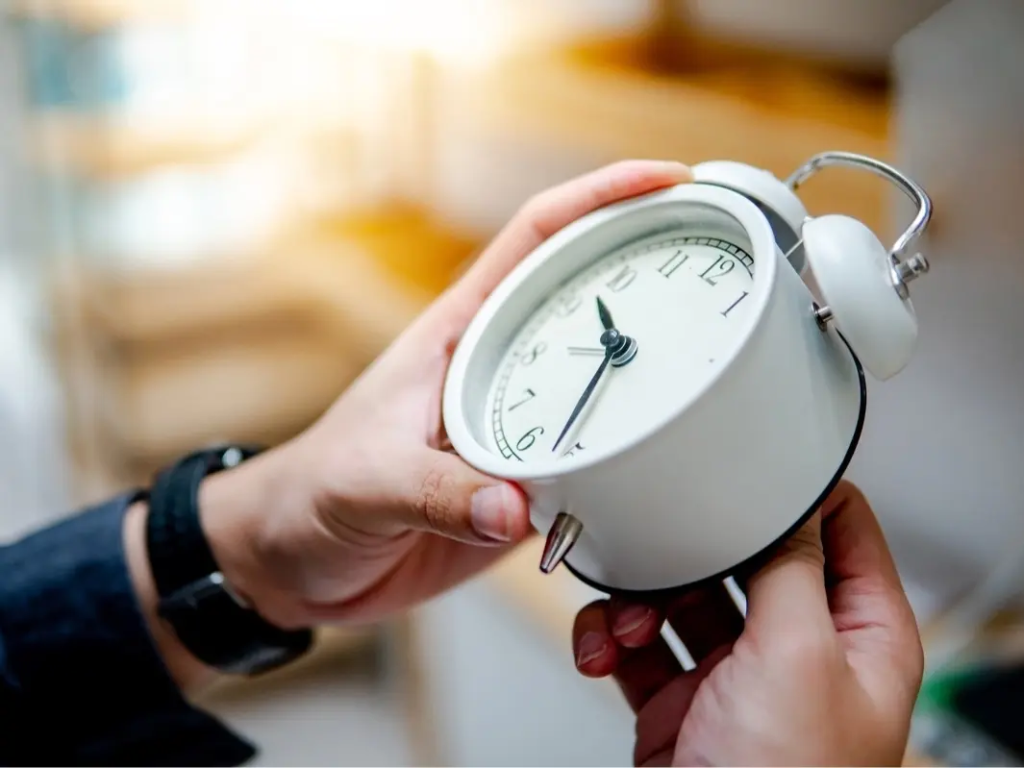As the days get longer and evenings brighter, Michiganders are eagerly awaiting the return of Daylight Saving Time. That extra hour of sunshine in the evening is just around the corner, making it the perfect time to think about adjusting your clocks.
Here’s everything you need to know about when Daylight Saving Time begins in Michigan, how it impacts your schedule, and whether the tradition will continue or come to an end.
When Does Daylight Saving Time Start in Michigan?
In Michigan, the clocks will spring forward at 2 a.m. on Sunday, March 9, 2025. This is when we lose an hour of sleep but gain that extra hour of daylight in the evening.
Smartphones, computers, and smartwatches will automatically update to the new time, so you won’t need to worry about adjusting them. However, if you still have older clocks, like on appliances or analog watches, make sure to set them manually.
What Does Springing Forward Mean?
When the clocks “spring forward,” we lose one hour of sleep. This is because, at 2 a.m., the time jumps forward to 3 a.m. While it can be a bit of a shock to the system, the reward is longer daylight hours later in the evening.
How Will the Time Change Affect Sunrise and Sunset?
On the morning of March 9, 2025, the sun will rise at 7:58 a.m. in Lansing, Michigan. By evening, the sun will set at 7:39 p.m., giving you more daylight to enjoy after work or school.
In the Upper Peninsula, the sun will rise one minute later, at 7:59 a.m., and set at 7:36 p.m. This gives residents of the UP an extra minute of daylight, too!
Daylight Saving Time or Daylight Savings Time?
Although many people refer to it as “Daylight Savings Time,” the correct term is actually “Daylight Saving Time,” without the extra “s” at the end. It’s a small detail, but one that’s important when discussing the practice.
Will Daylight Saving Time Be Stopped?
The future of Daylight Saving Time is uncertain. In December 2024, former President Donald Trump suggested ending the practice entirely, calling it “inconvenient” and “costly to our Nation.” Trump even promised to push for making standard time the law year-round.

In 2022, there was an attempt to end the time changes when the U.S. Senate passed the Sunshine Protection Act, which would have made Daylight Saving Time permanent. However, the U.S. House of Representatives did not approve the bill, leaving the annual time change in place for now.
What Is Daylight Saving Time?
Daylight Saving Time shifts an hour of daylight from the morning to the evening. During the warmer months, it allows more daylight to coincide with the hours most people are awake and active. The idea is to save energy by reducing the need for artificial lighting in the evening.
While it may seem like a minor change, it has been part of U.S. life for decades. Originally introduced to save energy during World War I, it has continued to impact daily routines ever since.
Why Does Daylight Saving Time Exist?
The goal of Daylight Saving Time is simple: to make better use of daylight during the longer days of spring and summer. With more daylight in the evening, people are encouraged to spend more time outdoors, which also means using less energy at home.
However, the practice has been controversial over the years. Some argue that it disrupts sleep schedules, while others believe the energy savings are minimal. Regardless, the clock change is still a major part of life in many places, including Michigan.
Disclaimer: This article has been meticulously fact-checked by our team to ensure accuracy and uphold transparency. We strive to deliver trustworthy and dependable content to our readers.

